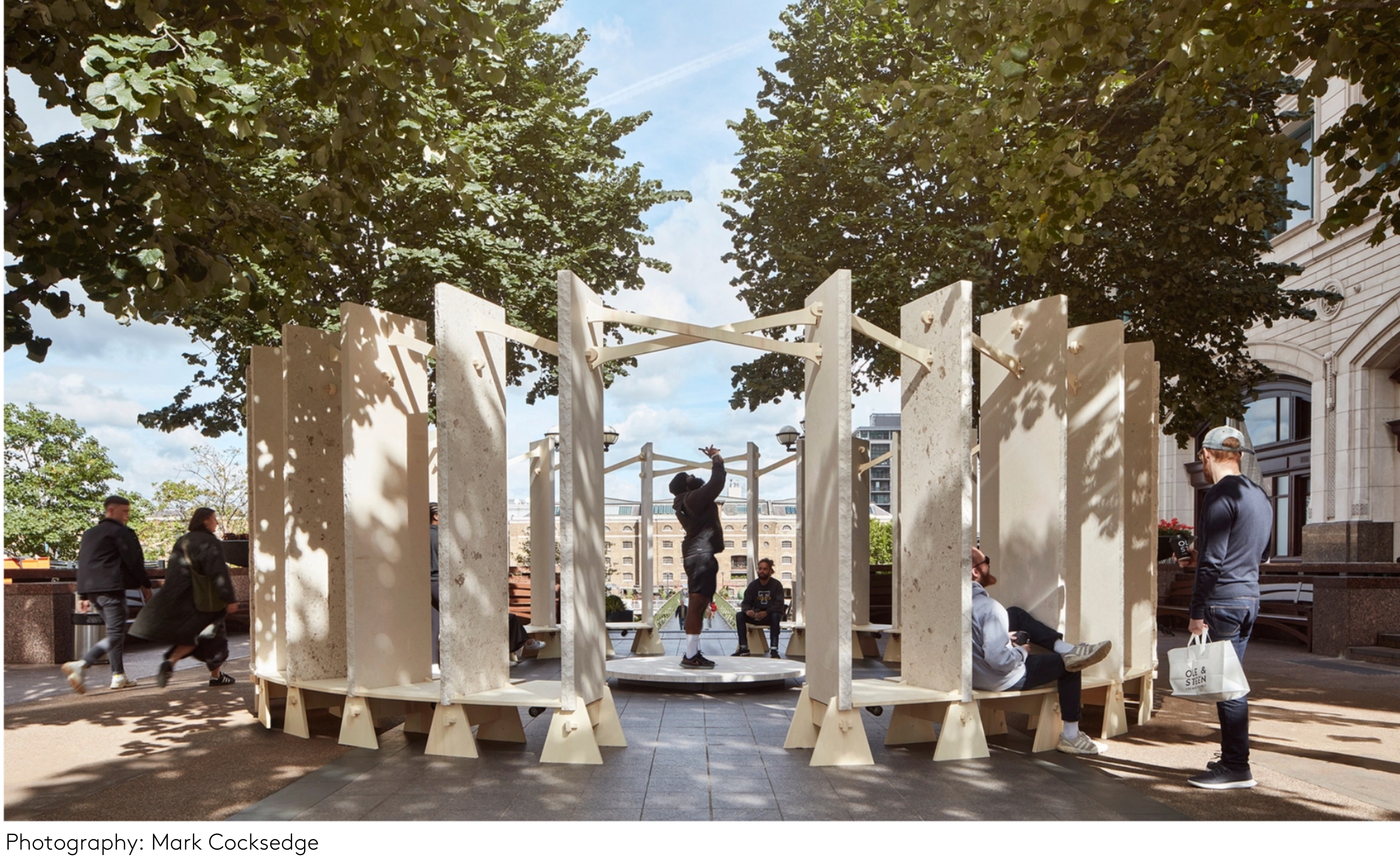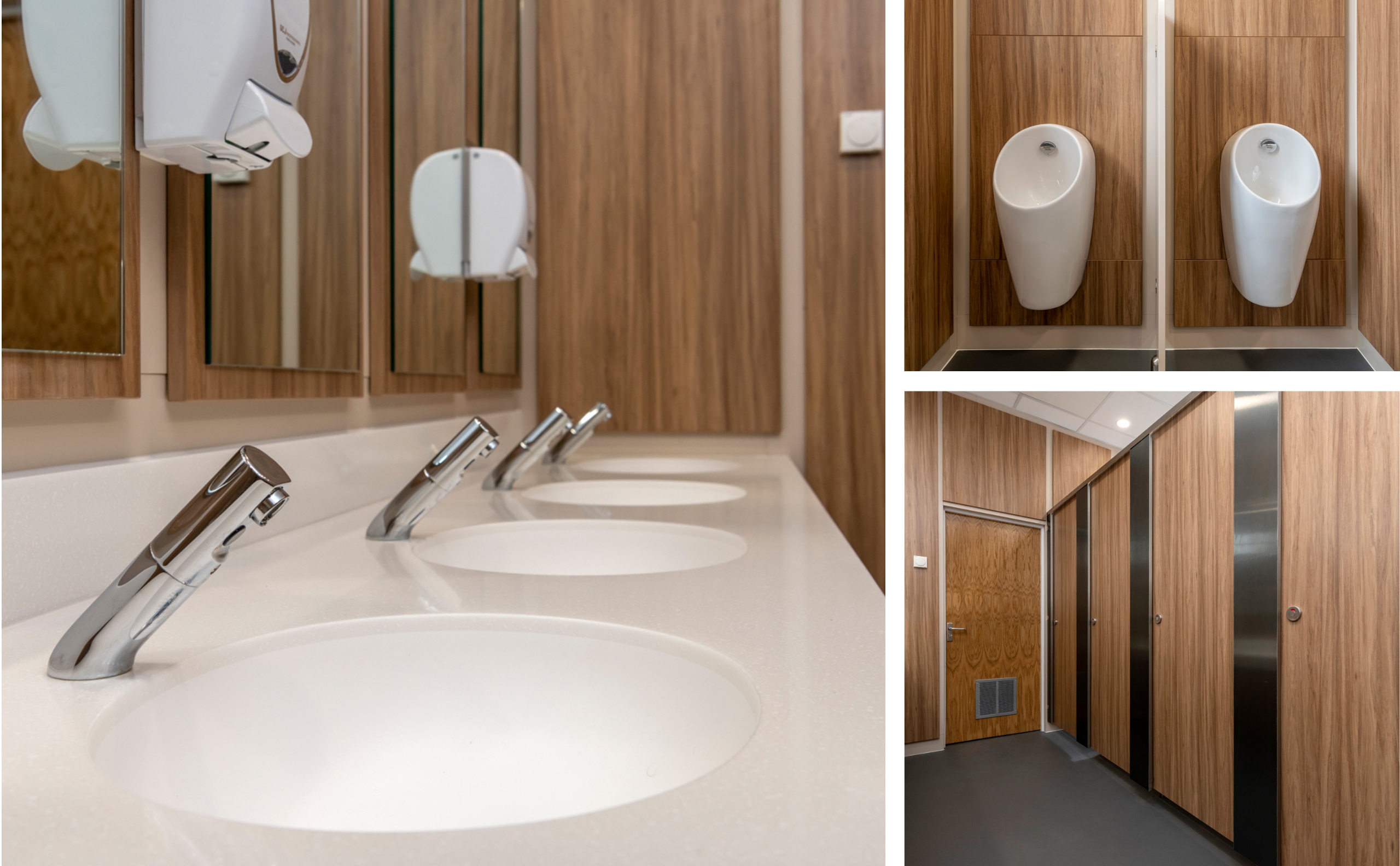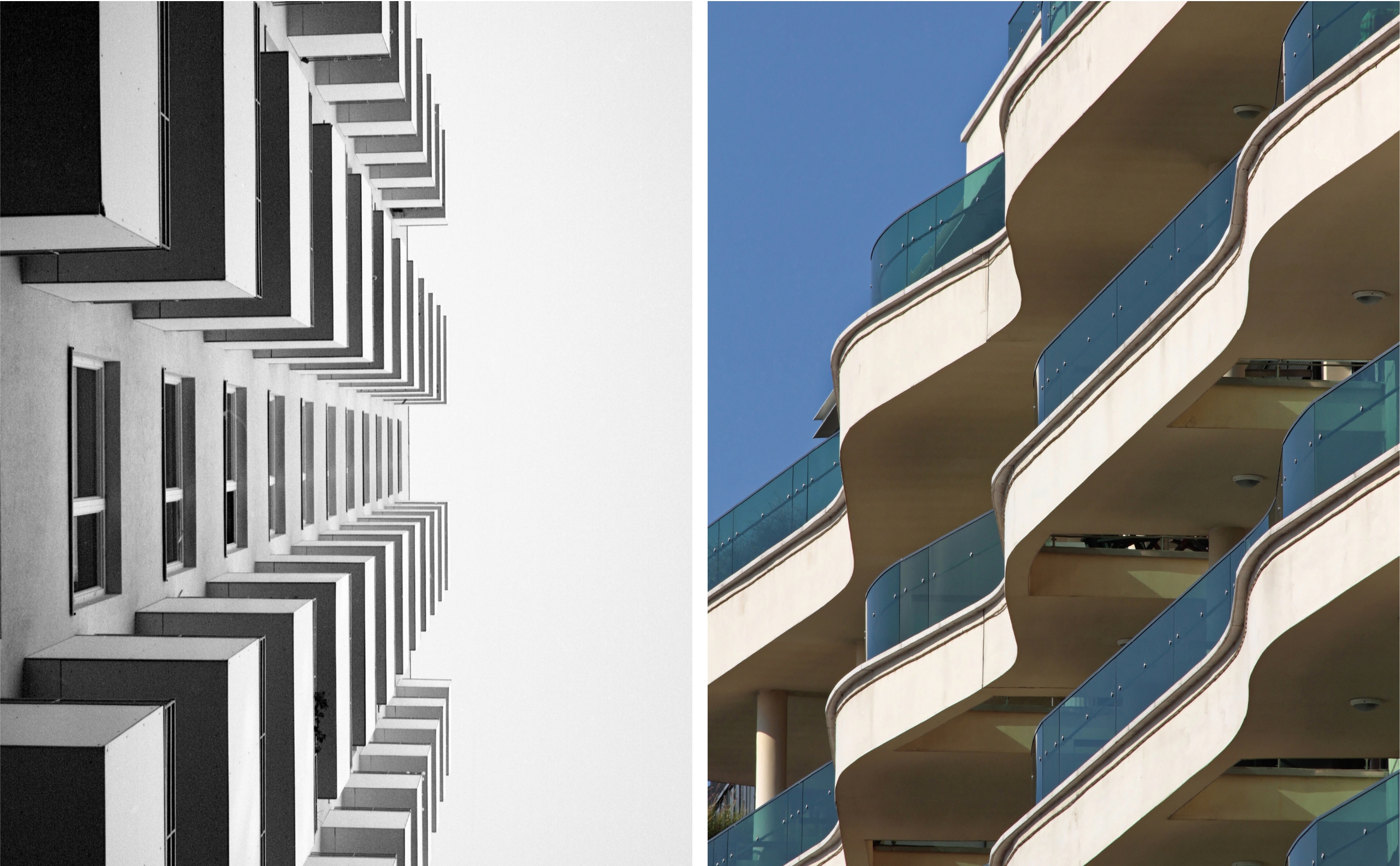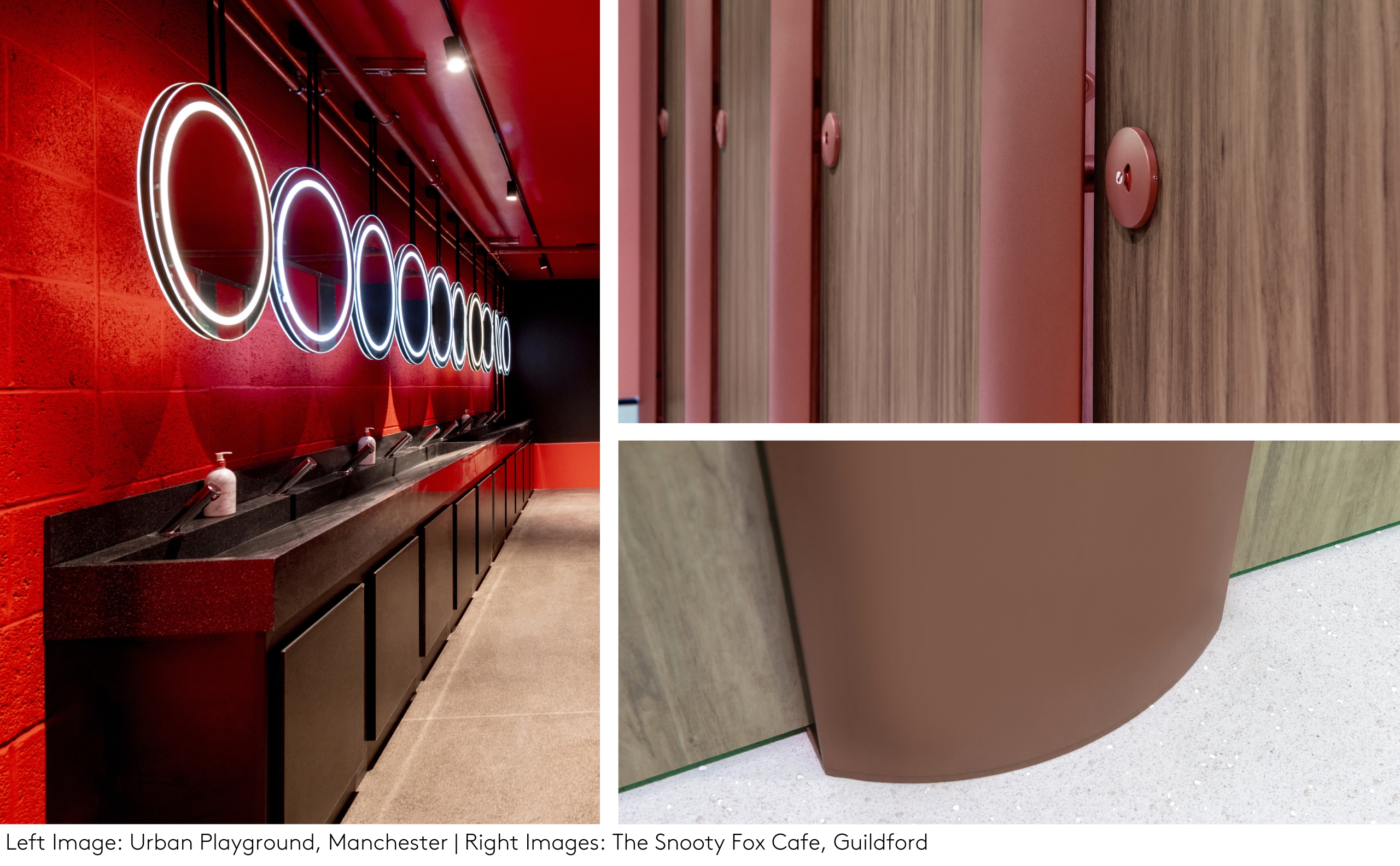As this year’s London Design Festival draws to a close, it’s clear that one pandemic-induced trend has continued to prevail. And that’s curves.
From rounded edges to curvaceous cushioning and soft finishes, in contrast to the geometrics favoured pre-2019, from 2022 onwards, it’s all about promoting comfort both physically and psychologically. There’s not a right angle in sight.

For furniture pieces such as armchairs and sofas, it may seem a straight-forward choice to opt for plush, pillowy padding. And as the concept behind LDF’s Henge installation – a Neolithic stone structure – explained, a circular form makes a focussed gathering space, which promotes community.
But when it comes to washroom design, does the trend still apply? The short answer is, yes. Though it may not always relate directly to the tactility of the products that make up a space, it’s having just as big an impact on surface and sanitaryware design. Here’s why…
Just as with any space, no washroom is one-size-fits-all. Every project is completely unique. For a recent refresh at The Richard Pate School – a mixed-use, independent nursery and preparatory school – pupils range in age from 3 to 11. Therefore, the brief for two washroom areas was to uplift the décor while appealing to each individual user base.
With the dual need for teacher supervision and no compromise to student privacy, curves were just the ticket in creating a range of cubicle door heights and shapes for both the nursery and primary environments. In addition to the practical benefits of the curved doors, bright purple and turquoise blue made up a bold colour palette that worked alongside the playful curves to create an overall feeling of fun within the scheme – perfect for the target age groups.

Increasingly, curved sinks are being requested in projects due to both their practical, and aesthetically appealing nature. For another recent education project at the historic Marlborough College, rounded, hard-wearing Corian under-counter basins added to an overall seamless look for the characterful interiors.
Due to their compact shape, the basins allowed for the maximum volume to be positioned side-by-side without users feeling too close to one another, or there being any wasted space.

An article on ArchDaily reported that “in a 2013 study, they found that participants were most likely to consider a space beautiful if it was curvilinear instead of rectilinear. In short, humans love curves.”
Similarly, an article featured on National Library of Medicine highlights the positive effects of curves on our wellbeing: “Early studies from the first quarter of the 20th century have found that straight lines were associated with unpleasant “feeling tones” that denote strong motor expression (e.g., agitating, hard, furious, and serious), whereas curved ones were associated with adjectives indicating relatively more pleasantness and less movement (e.g., gentle, quiet, and lazy). Subsequent studies have investigated the hypothesis that curved/rounded/curvilinear conditions are more appealing to humans than angular/edgy/rectilinear ones.”

Though we certainly haven’t seen the end of square and rectangular designs in washrooms just yet, we have seen a rise in popularity for curves, especially when it comes to adding the aesthetic touches that truly set a project apart. So much so, in fact, we even have a product range named Curve. It was recently installed at The Snooty Fox in Guildford, where rounded, deep red pilasters complement the accompanying natural woodgrains of the cubicle doors.
Over at Urban Playground in Manchester’s Arndale Centre, illuminated, circular mirrors were chosen for their statement design. And when looking back at our Future of Hospitality blog post earlier in the year, curves play a major role in creating ‘Instagrammable’ hotel and restaurant washroom schemes (look no further than Sketch’s Eggloos for reference).
So, when it comes to curves, we believe their impact on form and function spans far beyond furniture. Though we’re fans of a comfortable, cocoon-like chair in our homes and workspaces, you can’t beat a rounded sink, a circular mirror, and a soft edged vanity unit when it comes to creating a relaxed washroom ambience with optimum practicality.
To find out more about how our team can support with your next project, keeping health, wellbeing, and comfort firmly in mind, drop us a line.

 Share
Share